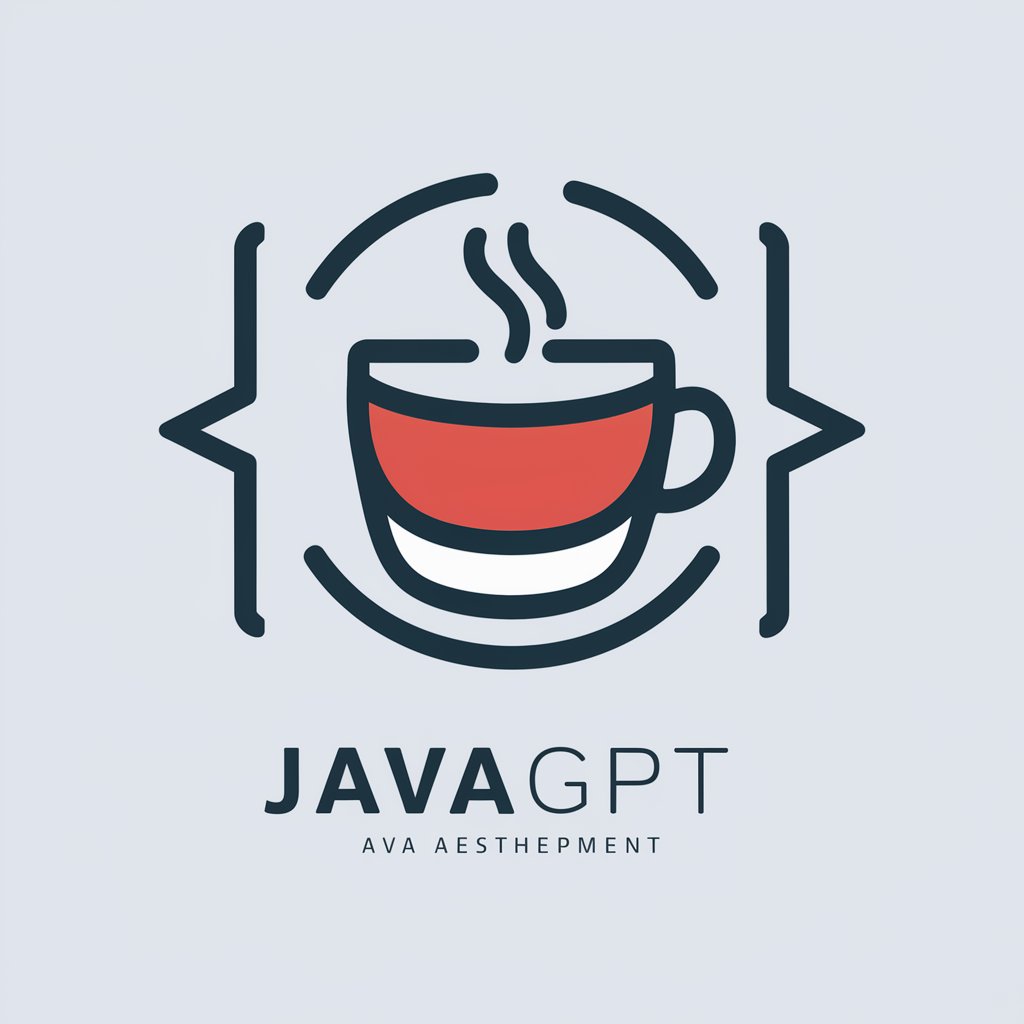🛡️ Java Exception Handling Wizard - Java Exception Handling Insights

Welcome to the Java Exception Handling Wizard!
Craft resilient Java code with AI.
How do I handle a NullPointerException in Java?
What is the purpose of the finally block in Java exception handling?
Can you explain how to throw custom exceptions in Java?
What are best practices for logging exceptions in Java applications?
Get Embed Code
Introduction to 🛡️ Java Exception Handling Wizard
The 🛡️ Java Exception Handling Wizard is designed to be a comprehensive guide and assistant for Java developers, focusing on robust exception handling mechanisms within Java applications. Its primary function is to aid developers in writing more resilient and fault-tolerant Java code by effectively managing and handling exceptions. This is crucial in ensuring that Java applications remain stable, reliable, and user-friendly, even when encountering runtime errors. For example, when a piece of code might throw a `NullPointerException`, the Wizard can guide the developer on how to use try-catch blocks to gracefully handle the error, potentially logging the issue and preventing the application from crashing unexpectedly. Powered by ChatGPT-4o。

Main Functions of 🛡️ Java Exception Handling Wizard
Identifying and Handling Different Types of Exceptions
Example
try { fileAccess(); } catch (FileNotFoundException e) { logError(e); notifyUser('File not found'); }
Scenario
When a developer is working with file operations that might not succeed, such as reading a file that does not exist, the Wizard assists in identifying the `FileNotFoundException` and implementing appropriate handling.
Guidance on Using Finally Block
Example
try { resourceAccess(); } finally { resourceCleanup(); }
Scenario
In scenarios where resources like files or network connections need to be closed regardless of an exception occurrence, the Wizard advises on the implementation of a finally block for cleanup operations.
Throwing and Propagating Exceptions
Example
if (userInput == null) { throw new CustomInputException('Input cannot be null'); }
Scenario
For situations where input validation fails, the Wizard can guide on creating custom exceptions and using `throw` to indicate an error condition that should be handled at a higher level.
Logging and User Notification
Example
catch (DatabaseException e) { logError(e); notifyUser('Database error occurred'); }
Scenario
Upon catching exceptions that might affect user operations, like database access errors, the Wizard provides strategies for logging the error details and notifying users in a user-friendly manner.
Ideal Users of 🛡️ Java Exception Handling Wizard Services
Java Developers
Developers working on Java applications are the primary users, especially those new to Java or those seeking to improve their exception handling practices. The Wizard aids in understanding and implementing robust error handling strategies.
Software Engineering Educators
Educators teaching Java programming can use the Wizard as a teaching aid to demonstrate best practices in exception handling, providing students with real-world examples and scenarios.
Quality Assurance Engineers
QA engineers responsible for testing Java applications can benefit from understanding exception handling patterns to better identify potential points of failure and to communicate more effectively with development teams about error handling.

How to Use 🛡️ Java Exception Handling Wizard
1
Start by visiting a site offering AI-based coding assistance for a trial that doesn't require login or a premium subscription.
2
Navigate to the 🛡️ Java Exception Handling Wizard section to begin crafting robust Java code with exception handling.
3
Enter your Java code snippet or describe the scenario you're dealing with to receive specific advice on implementing try-catch blocks.
4
Follow the wizard's guidance to modify your code, incorporating try-catch blocks, finally blocks, and exception handling best practices.
5
Utilize the wizard's feedback to refine your code, ensuring it's resilient to exceptions and adheres to Java best practices for error handling.
Try other advanced and practical GPTs
Multifaceted Maven
Empowering Decisions with AI Wisdom

React Native Mobile Maven
Empower your mobile apps with AI

Headline Hero: The AI Digital Marketing Assistant
Craft Winning Headlines with AI

Marketing Headline Writer - Fast, Easy, Optimized
Craft Captivating Headlines with AI

AI Endurance - Running, Cycling, Triathlon
Tailor Your Path to Peak Performance

Teleport Massive HQ
Crafting Worlds, Unleashing Imagination

JavaGPT
Empowering Java Development with AI

Screenshot Solver
Transform screenshots into insights with AI

Zero waste wards
Empowering communities with AI-driven waste management.

Environmental Justice Tutor
Empowering through AI-driven Environmental Justice Education

Peak Dragon
Revolutionize Your Tech Ideas with AI

Startup Mentor
Empowering Entrepreneurial Success with AI

FAQs about 🛡️ Java Exception Handling Wizard
What is 🛡️ Java Exception Handling Wizard?
It's an AI-powered tool designed to help developers implement robust exception handling in Java applications, ensuring code stability and fault tolerance.
How can it help improve my Java code?
By providing tailored advice on try-catch blocks, error logging, and resource management, it guides you towards writing more resilient and error-proof Java code.
Can it suggest specific exceptions to catch?
Yes, based on your code's context, it can recommend which exceptions to catch and how to handle them effectively.
Is it suitable for beginners in Java?
Absolutely, it serves as an educational tool, offering clear examples and explanations that are beneficial for beginners learning about exception handling.
How does it handle complex exception scenarios?
The wizard can dissect complex code snippets, providing insights on handling multiple exceptions, using nested try-catch blocks, and ensuring resource cleanup with finally blocks.
